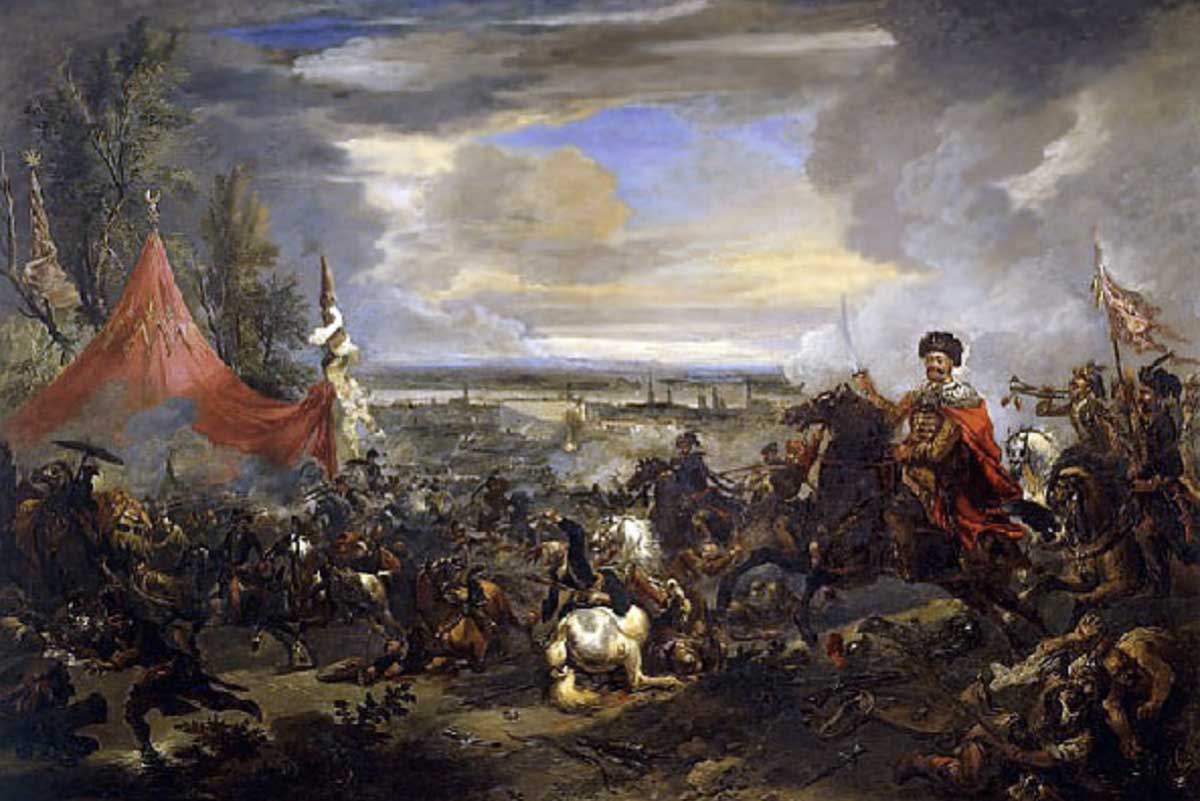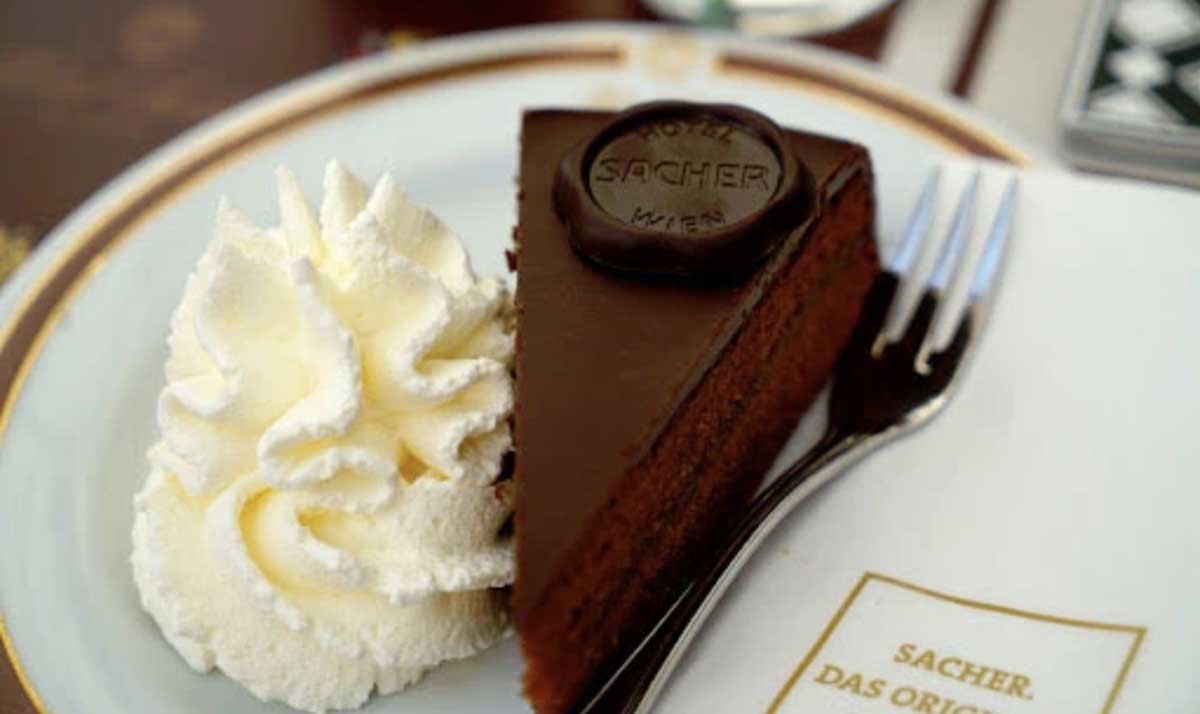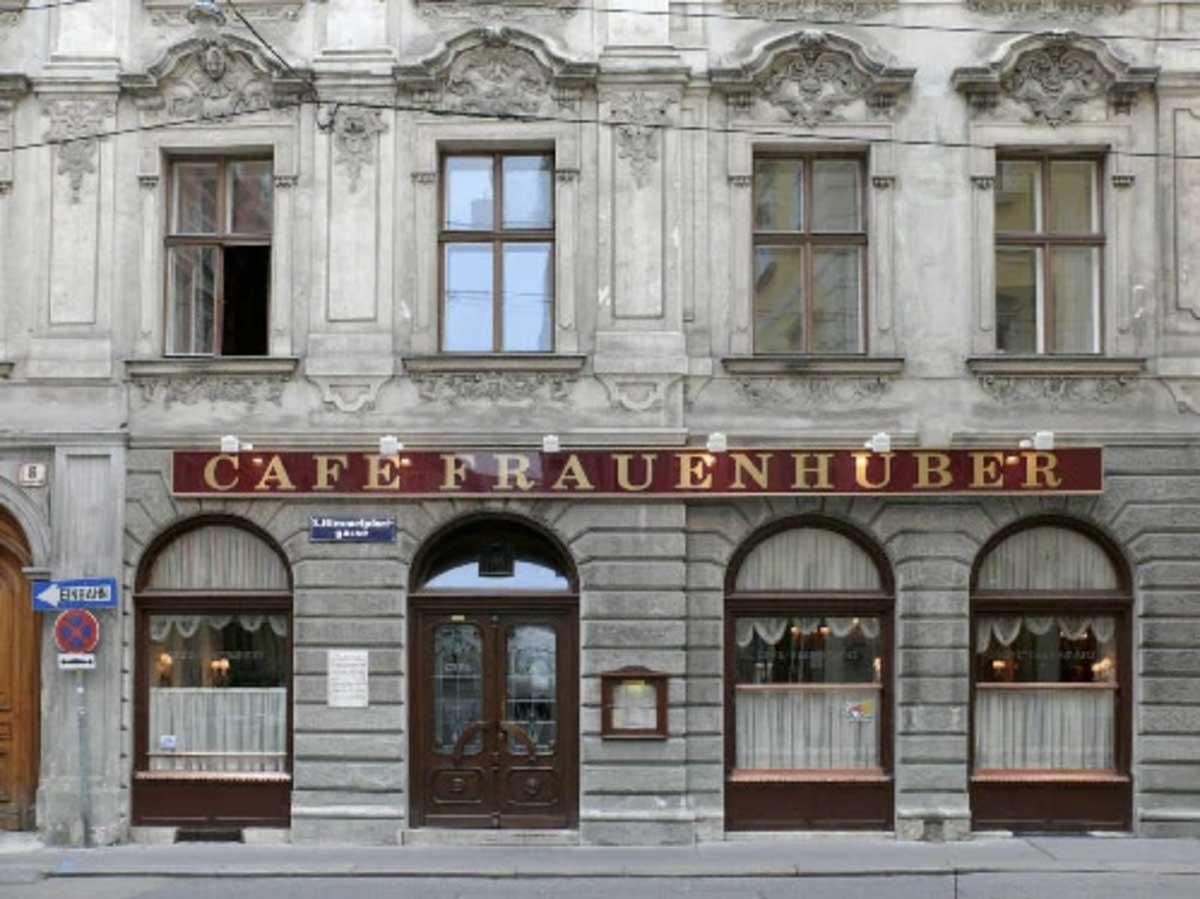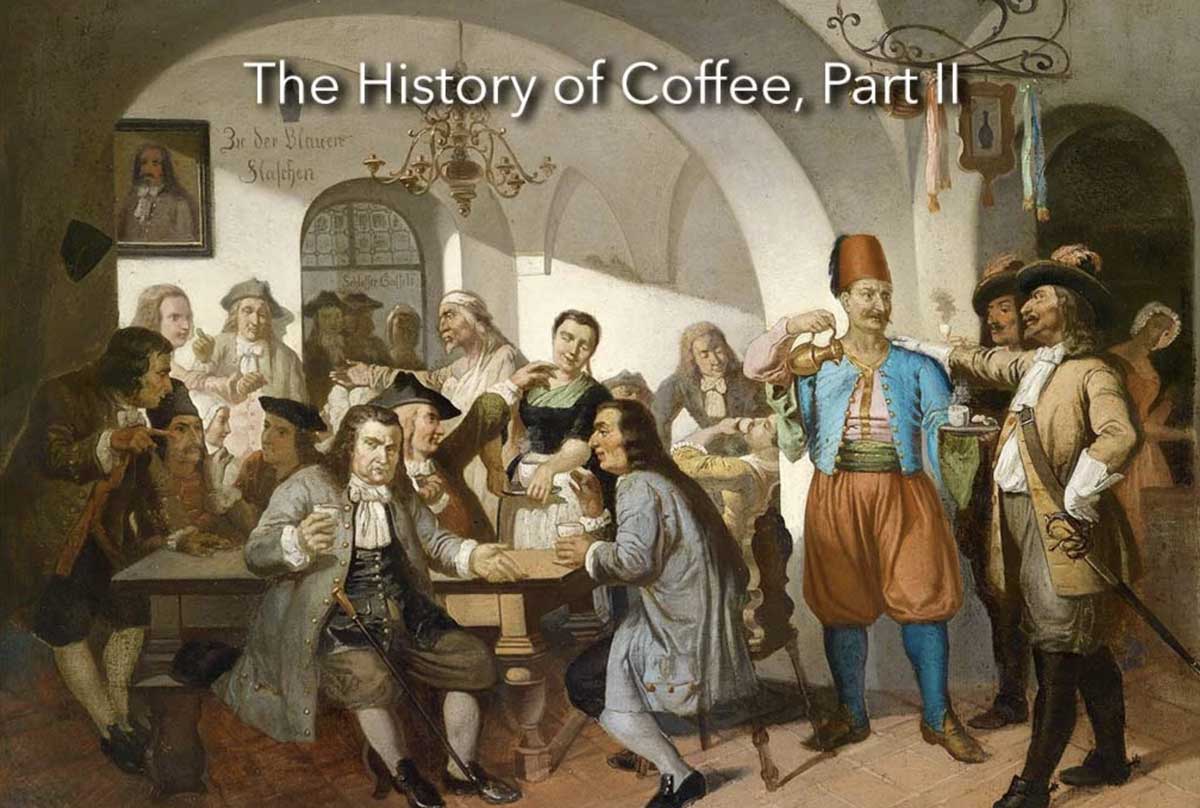The History of Coffee, Part II
We pick up from our previous History of Coffee blog with the Battle at Kahlenberg (1683). This historic clash ended with the United Imperial Army successfully liberating Vienna, after two months of siege at the hands of the Ottoman army. Among the goods left behind by the Ottomans were a large number of tents, livestock, grain, and around 500 sacks of coffee. And so we begin coffee’s debut into Viennese culture..

The Spy Who Loved Coffee
News of the mysterious sacks reached a Polish immigrant named Jerzy Franciszek Kolschitzky, who had served as a spy for the Austrians during the Siege of Vienna. Kolschitzky, who had bravely crossed the front line during the skirmish, carried messages from the army to the city and back. These communications requested sacks of coffee as payment for his services. Having been familiar with coffee and the brewing process of this new beverage, Kolschitzky began making cups of Turkish-style coffee, selling it first door-to-door and then later in cafe tents around Vienna. Legend has it that the Viennese authorities awarded Kolschitzky a house, and allowed him to start the city’s first coffee shop. Vienna embraced this new beverage, and soon the coffee house tradition took off.
A statue honoring this coffee legend of Vienna can still be seen today.
A Beverage and its Tradition Evolve
Coffee houses in Vienna became a popular place for men to go socializing, a welcome escape from their small, crowded flats. These establishments offered the bitter brew, always served with a glass of water (exactly how the Turks enjoyed it), along with pastimes such as card games and billiards. Women were only allowed in the coffee house as barmaids or cashiers.
The year of 1808 saw Napoleon’s Continental Blockade of England, a foreign policy which hit Austria with sharp increases in the price of coffee beans. In an effort to avoid bankruptcy, coffee house owners started adding meals and alcohol to their offerings.
After the Congress of Vienna in 1814/15, coffee houses flourished once again. By the year 1856, women were finally allowed to enjoy these coffee houses amongst their male counterparts.

A History of Coffee House Inspiration
Throughout Vienna’s coffee history, there have been a number of cafes in which famous artists and writers gathered, drank coffee, ate pastries, read their newspapers, and even worked on their masterpieces. One such cafe, Café Frauenhuber, is known for having had Wolfgang Amadeus Mozart and Ludwig van Beethoven themselves play table music for the dining guests in between the years 1782–1791. Café Frauenhuber is also known as the oldest coffeehouse in Vienna.

By the late 1890s one coffee house in particular, Café Griensteidl, became the regular meeting place of a group of literary figures called “Jung Wien” (Young Vienna). Illustrious writers such as Hugo von Hofmannsthal, Karl Kraus and Arthur Schnitzler met at this café, and so began the tradition of “coffee house literature”.
The Legacy Continues
The elegant atmosphere of high ceilings, rich paneled walls, marble table tops, and dark furnishings create the very specific atmosphere of the Viennese cafés, many of which still stand to this day. Their wide variety of coffee drinks, international newspapers, and delicious pastries make it hard to pass by without curiosity to experience this unique piece of Viennese culture. Vienna, Austria’s capital, is known for elevating the beverage from a drink to its own culture and art form, and has become one of the city’s coveted traditions.
Kaffee-Lingo
Vienna has a coffee language all of its own. When ordering black coffee here, one would order a “Mocha”, also known in German as a “Scharzer” (pronounced shart-tsair). Looking for something closer to a cappuccino? The “Melange” (pictured above) is your drink. It comes with a layer of honey, steamed milk, strong coffee, and is topped with a fine froth. The “Eispanner” is served in a glass with whipped cream, and the “Maria Theresa” with orange liqueur and whipped cream. Of course, they have not forgotten their coffee roots. The “Turkische” comes in a copper pot with coffee grounds and sugar. Each cup of Turkische is served on a silver tray, accompanied by a glass of cold water –- true to the Turkish coffee tradition.
World Recognition for Coffee
Besides being recognized around the world as the birthplace of the coffee house, In 2011 the Viennese coffee house culture was included by the UNESCO in the National Inventory of Intangible Cultural Heritage. If that doesn’t validate their rich coffee culture, nothing would!
If you’re a coffee-lover who plans on visiting Vienna soon, check out this Guide to Vienesse Coffee Houses. And stay tuned for our next History of Coffee Blog!
Care to sample our own taste of Vienna? Check out our Vienna Roast, or Vienna Roast Decaf, a medium-bodied coffee with a dash of dark and smoky flavor.


